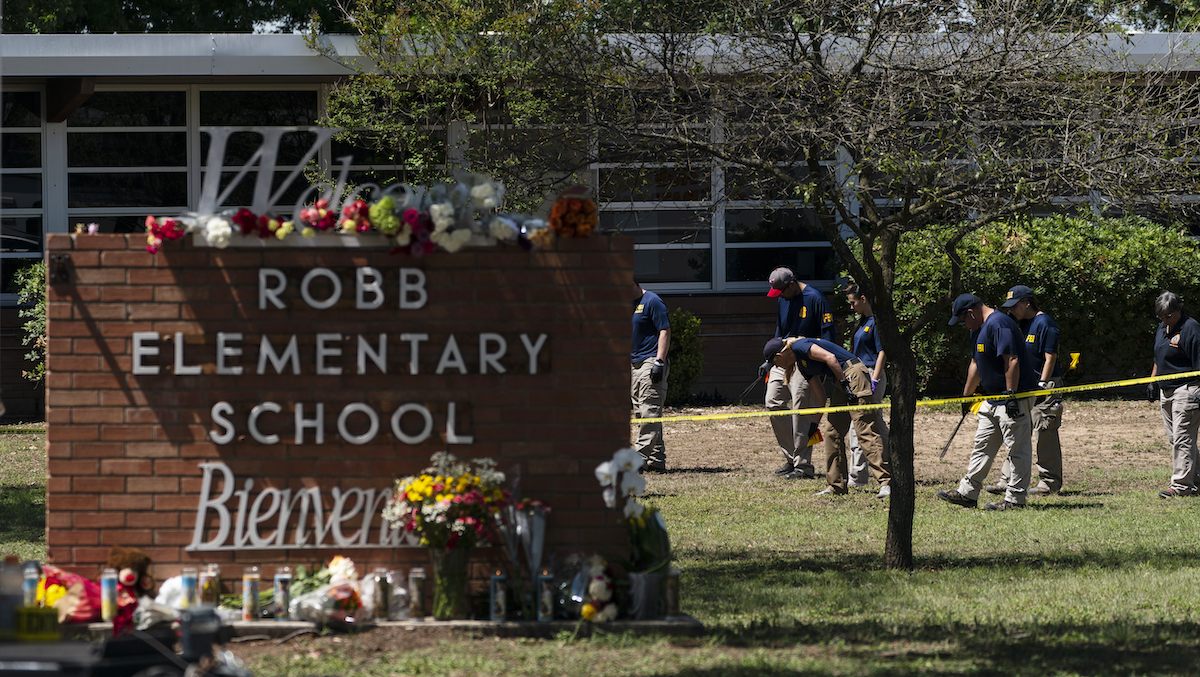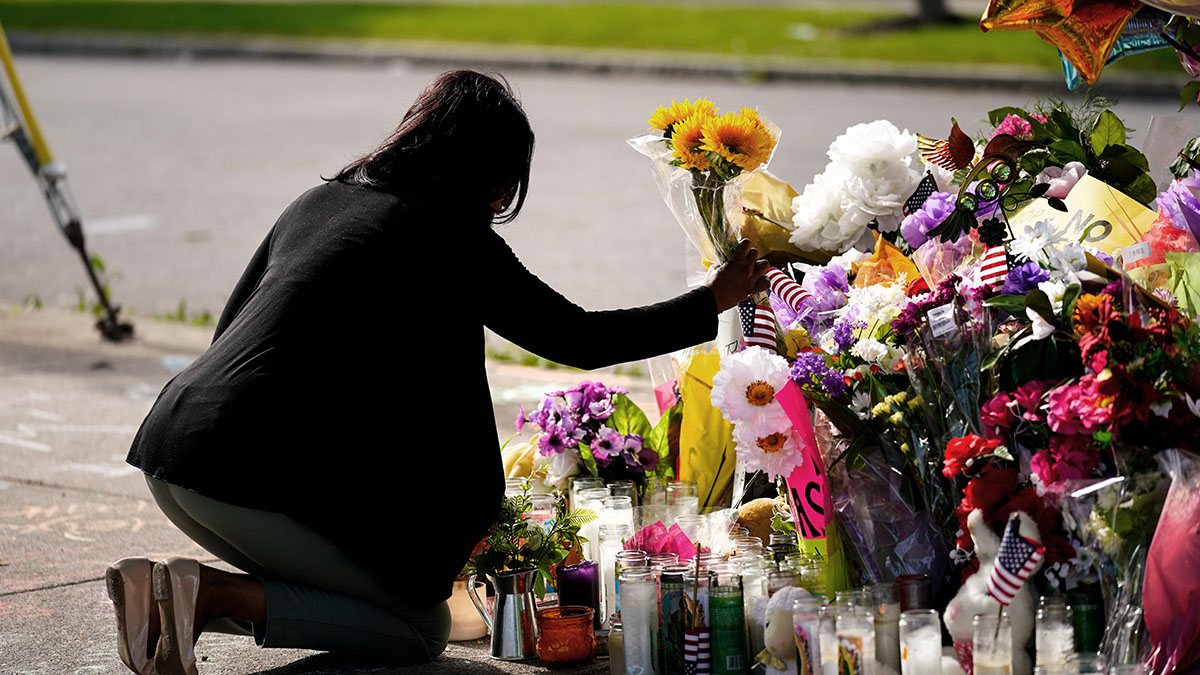Researchers have been working to assess threats to prevent school shooters and have identified similar traits in many so far. So people like educators, mental health workers and parents who have direct contact can look out for warning signs.
According to data from Education Week, there were 34 school shootings in 2021, a record high since 2018.
The terror has reached close to home in South Florida with the Marjory Stoneman Douglas High School massacre, and many fear these tragedies will continue.
But experts say we can, as a community, prevent something like this once a threat has been made. Government researchers, educators and many more have been working to pinpoint ways to assess a threat once it’s made.
Get South Florida local news, weather forecasts and entertainment stories to your inbox. Sign up for NBC South Florida newsletters.
Uvalde School Shooting
Dr. Peter Langman, an expert on the psychology of a school shooter, conducts training to identify potential shooters for those who work in mental health, education and law enforcement.
“The process of threat assessment needs to be focused on student behavior," Dr. Langman said. "This includes any threats made to intended victims, leakage that has been communicated to peers or posted online or on social media, and attack-related behavior.”
National non-profit Sandy Hook Promise is led by family members who lost loved ones in the massive school shooting in Newtown, Connecticut, in 2012. They work to educate our youth to know the signs, so preventative action can be done in schools, homes and communities to prevent gun violence.
According to their research, in four out of five school shootings, at least one other person had knowledge of the attack but failed to report it.
They also say almost all mass school shooters shared threatening or concerning messages online.
In the Texas tragedy, the 18-year-old gunman had posted on Facebook minutes before the attack.
In South Florida, the warning signs were there too. Parkland gunman Nikolas Cruz had made troubling posts on social media.
A lengthy report by the FBI assesses school shooter threats and is aimed at prevention and initiating an intervention process to stop violent acts before they erupt.
They use a four-pronged approach to first identify the person after they already made the threat, then look at personality traits and behavior, family dynamics, school dynamics and social dynamics.
Then, the intervention process begins. But they say this model isn’t a profile of a shooter or a checklist of danger signs pointing to the next violent person. It’s a way to evaluate the characteristics or behaviors of someone and if they will take the steps to carry it out.
Dr. Langman says we must be mindful of behavior that indicates someone isn’t just thinking about committing an attack, “but has taken concrete steps to prepare for the attack.”
He says that means the person making the threat would have gathered weapons like guns and knives and has planned the attack, oftentimes, signs of those things can be visible to people online.



